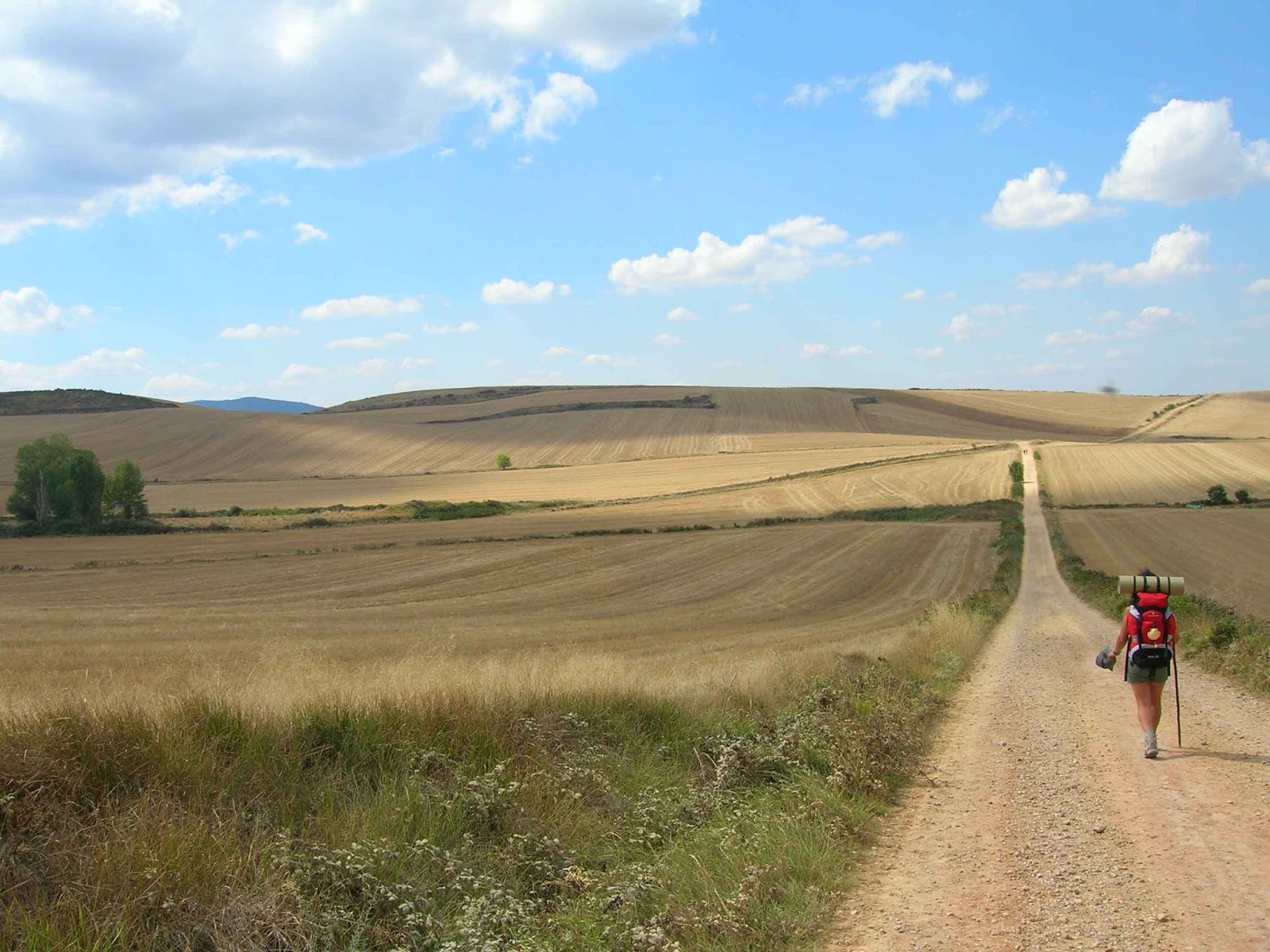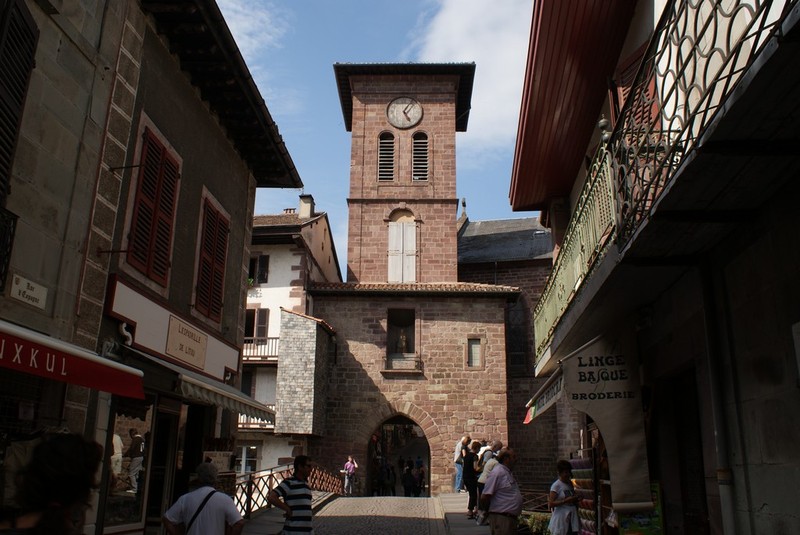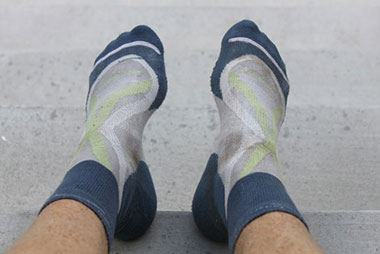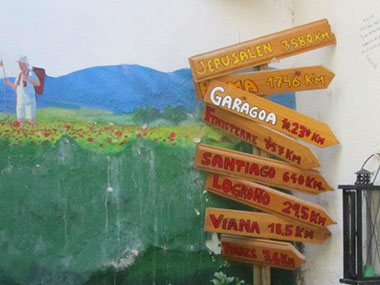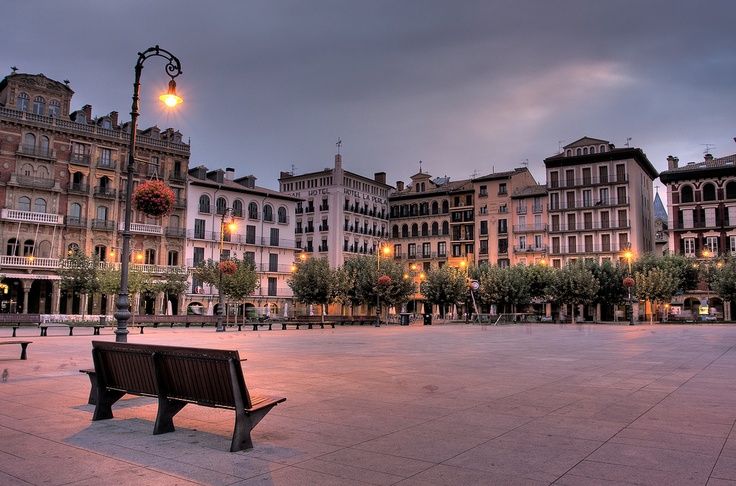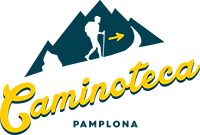The most important part of your body on the Camino is your foot. With choosing the right pair of socks you will help yourself to prevent the blisters, they don’t let your feet to overheat and to sweat.
Select socks that fit your foot without being too tight or too loose.
Choose soft wicking fabric such as Coolmax
Lorpen is one of the most professional and popular brands on the Camino. Guaranteed quality
Don’t believe the brands and the marketing what promise you “no blister socks”. There is no 100 percent blister protection. Just one part is your socks but your shoes (or boots) and also your body, your skin and the shape of your feet can be a risk factor of getting blisters.
Try to avoid to wear cotton socks because cotton absorbs moisture and doesn’t help to breath the feet.
Ensure that the socks don’t have bulky stitching at the toes or heels. Don’t look for seamless socks (no stitching socks) on the internet, because they are not existing. There is no sock without a toe seam. The best quality socks will provide you no relief seam (Lorpen) or flat seam socks.
Many pilgrims choose to wear two layers of socks (or a sock that is made with double layers) on the Camino to aid in blister prevention. For the first layer they use liner socks, which are pretty fine, and then normal trekking socks for a second layer. It can work. The only problem with this system is the heat during the summer which can be to hot for wearing 2 socks on one foot.
Merino wool socks are also very popular on the Camino. People who start to use them they usually fall in love in their merino socks. Bear in mind that merino wool socks are usually thicker and warmer than the normal trekking socks.
Do not wear socks that are too worn. Thin areas, holes and stitches are very likely to produce hot spots and blisters.
On the Camino always carry a spare pair of socks. Change them during your walk if your feet become sweaty or wet.

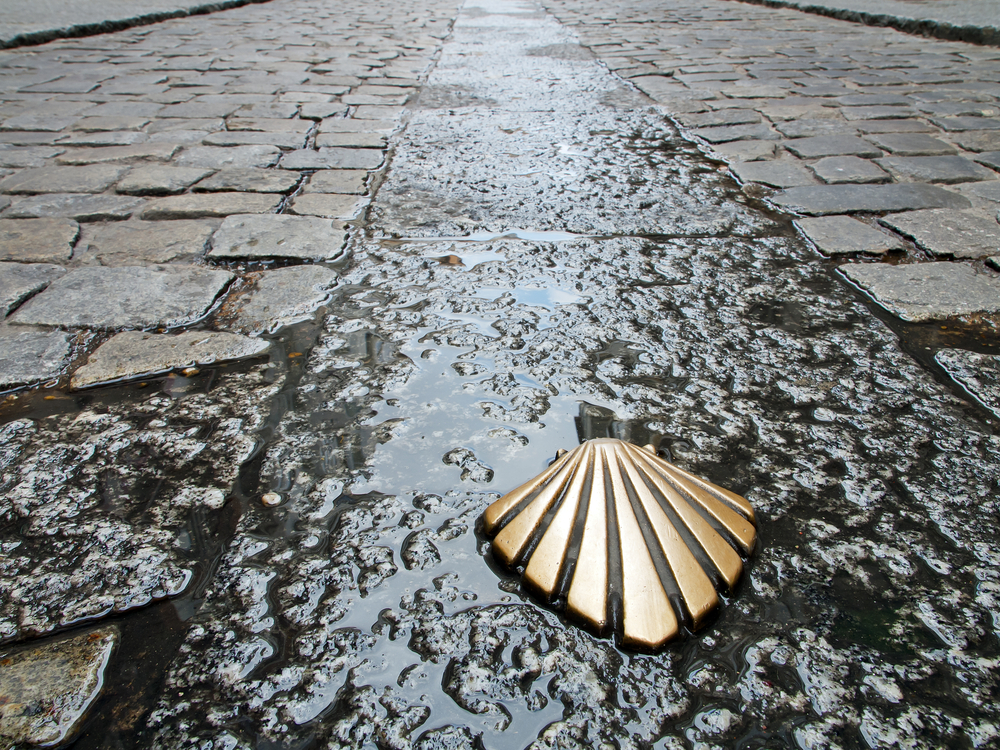
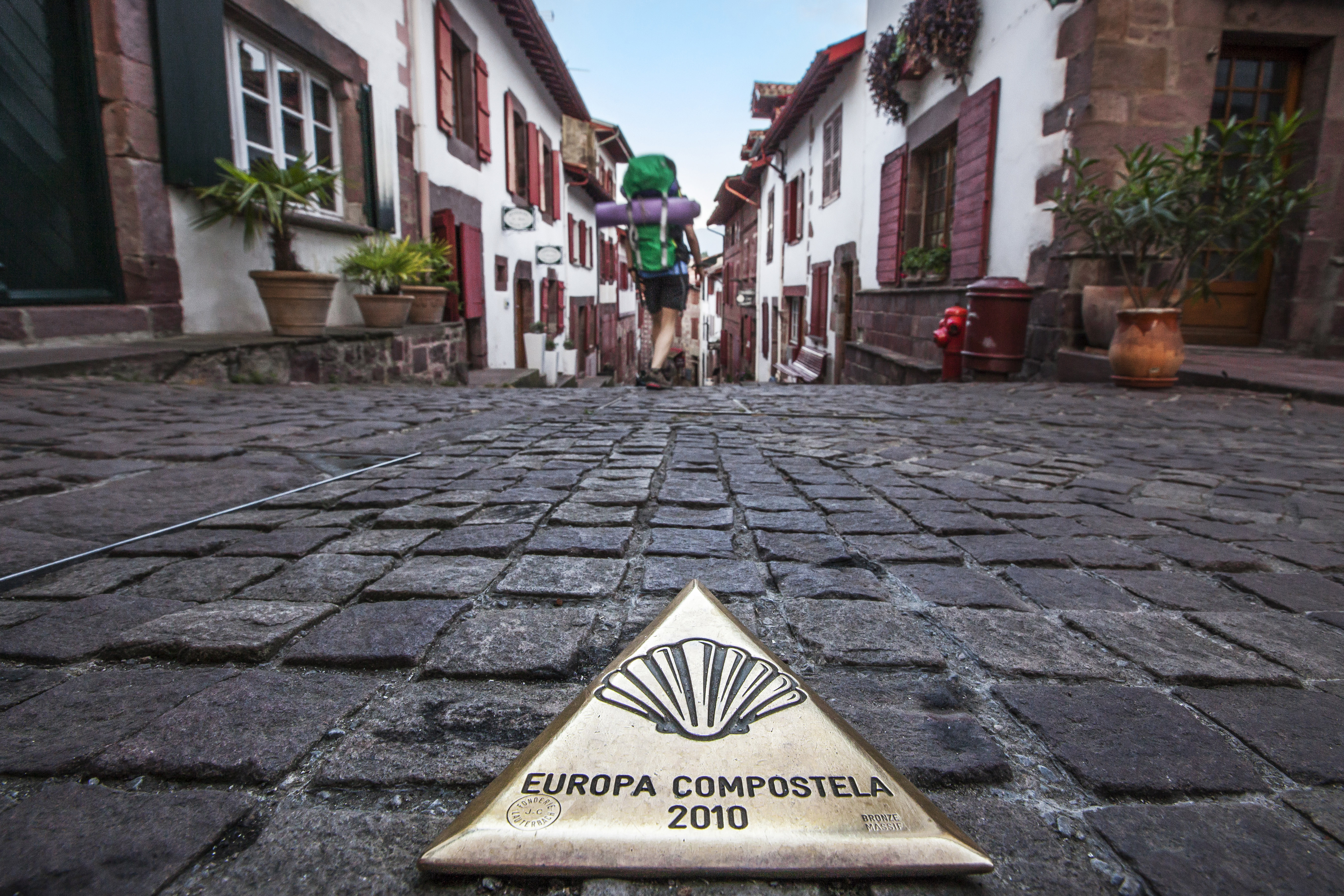 The address of the Pilgrims’ office in Saint-Jean-Pied-de-Port: Amies du Chemin de Saint Jacques at 39 rue de la Citadelle
The address of the Pilgrims’ office in Saint-Jean-Pied-de-Port: Amies du Chemin de Saint Jacques at 39 rue de la Citadelle 